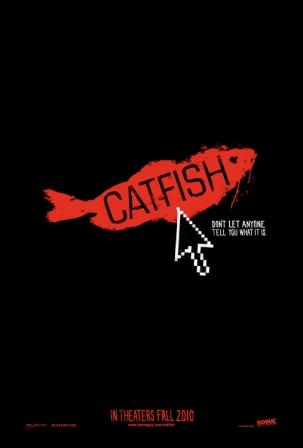
Yaniv Schulman is a 24-yr-old photographer. After having one of his pictures published in a magazine, he receives a painting in the mail from an 8-yr-old girl in Michigan named Abby. After finding each other through Facebook, the two start a relationship and, soon enough, Nev becomes a close friend, not only with Abby but with her mother, Angela, and older sister Megan. As Nev talks to the family more and more, his filmmaking brother, Ariel, and friend, Henry decide to begin filming the events and see where they lead – only for them to realize that things aren’t as they seem.
When Ariel and Henry first picked up their cameras, their intention was to document the peculiar relationship between a young, incredibly talented artist and her source of inspiration. But by the end of the film, you realize that it has actually become a brilliant analysis of the social networking age. In the belief that websites like Facebook and MySpace are bringing people closer together and allowing us to talk to our friends as though they’re right next to us, we begin to forget about the reality: that we are sitting in front of a screen with no clue what lies on the other side of the conversation. We are further apart than ever.
This documentary –an accidental expose of sorts – is a beautiful look at that rift. Eventually the film moves from the story of Nev and Abby to the story of Nev and Megan, who he slowly begins to care deeply for. But while they instant message and text, there is no personal connection between the two. The only thing he knows about her is what he’s been able to learn from an online profile. It’s superficial, hollow and it’s something that’s becoming more common in today’s society. The reality is that Nev is in love with a Facebook page, not a real person.
Though that evolved theme doesn’t emerge until the second half of the film (which I will not discuss), the influence of the internet age is apparent over the entire movie’s run. Nearly half of Catfish has us looking over Nev’s shoulder, focusing on screenshots of Facebook and iTunes. We watch as they post messages on Facebook walls or instant message using Google Talk. When discussing locations or travel, it’s expressed using full screen Google Maps, Earth, or Street View. It’s a narrative perfectly told through the lens of the internet.





